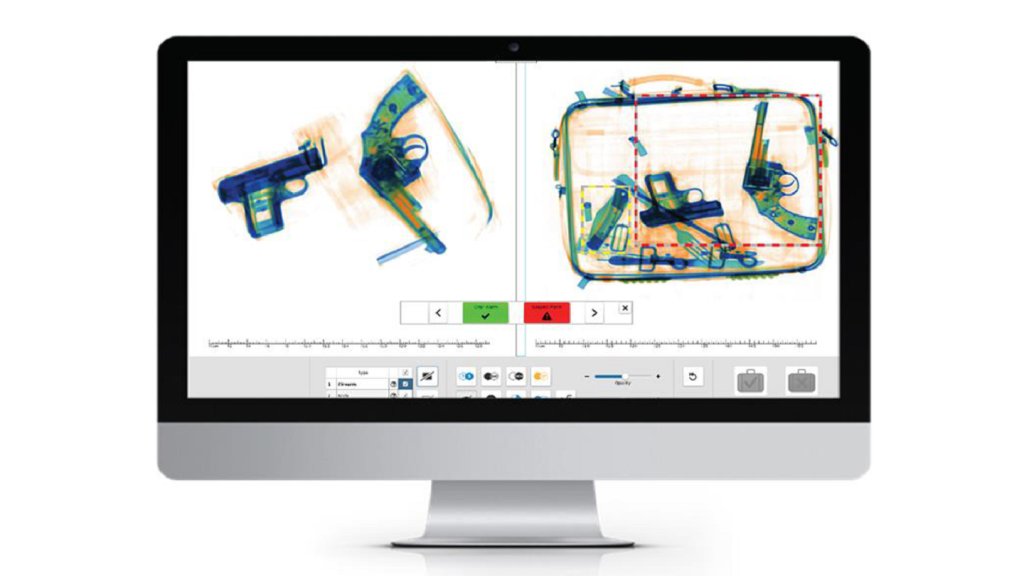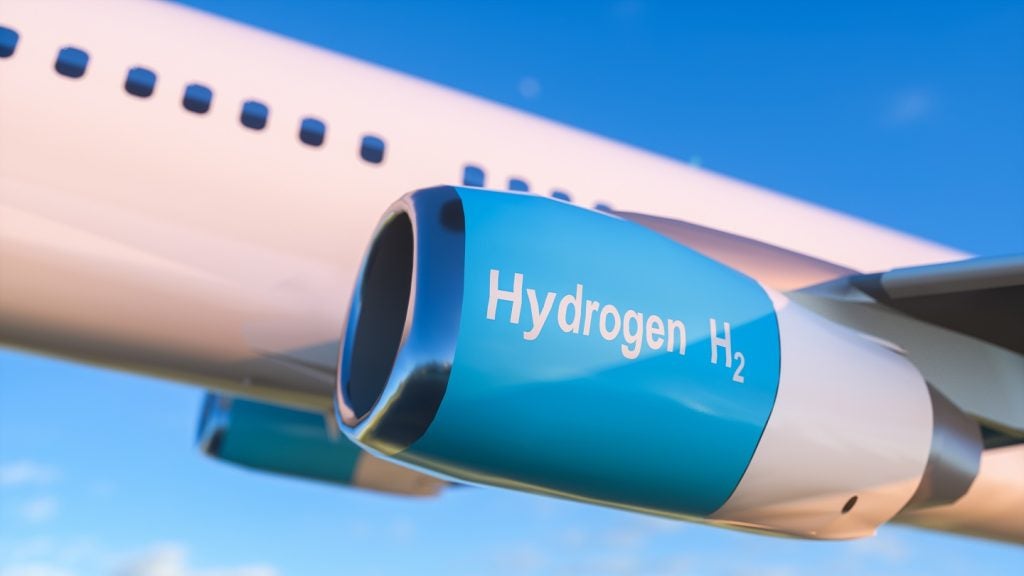Airport management and operations software and solutions: Introduction
In the dynamic and global world of airport operations, efficiency and safety are critical considerations, elements of these operations that can never be compromised.
Airports are complex ecosystems where precision, real-time information, and seamless communication are essential for the seamless running of the entire operation, as well as the safety of passensger and airport workers.
In many ways, this is where airport management software solutions come into their own, serving as the digital backbone of airport operations.
As a prospective buyer or an industry professional, understanding what to look for in airport management software is crucial to ensure that your airport runs like a well-oiled machine.
Our expert buyer’s guide is replete with information and industry insights, with content designed to enable buyers to make informed decisions.
See Also:
Understanding airport management software needs
When searching for airport management software, decision-makers must consider a myriad of factors that influence both the immediate and long-term success of their operations.
The ideal airport management system software should offer comprehensive functionality.
This should usually encompass all aspects of airport operations, from passenger processing to air traffic management and from resource allocation to emergency response.
Key considerations: Selecting airport operations management software
The complexity of airport operations necessitates a multifaceted approach to management.
Though each operation will have focussed criteria and bespoke requirements, some of the more critical features to look for in airport operations management software include, but are not restricted to:
Scalability and Customisation
The ability to scale and customise the software according to the specific needs of an airport is vital.
Whether catering to a small regional hub or a bustling international terminal, the software must adapt to varying demands.
Real-time Data Processing
Airports are hubs of continuous activity.
Real-time data processing capabilities are essential for timely decision-making and operational responsiveness.
Integration Capabilities
Seamless integration with other systems, such as baggage handling, security, and air traffic control, ensures a unified management approach.
User-friendly Interface
An intuitive user interface is crucial for efficient daily operations, allowing staff to navigate the system with ease and accuracy.
Compliance and Security
With stringent regulations governing the aviation industry, compliance is non-negotiable. The software must also be secure against cyber threats.
Support and Training
Ongoing support and training are essential for the successful implementation and use of airport management software solutions.
Industry-leading airport management software solutions
Global airport management is a complicated sector, and the range of technology driven solutions continues to grow apace.
Some of the current industry leaders in systems or solutions related to Airport Management and Operations Software include, but are not limited to:
- Amadeus Airport Platform
- SITA Airport Management
- INFORM GroundStar
- Rockwell Collins’ ARINC airport systems
- TAV Technologies Airport Operations Management Suite
- Siemens‘ Siamos
- ADB SAFEGATE Airport Systems
- Honeywell NAVITAS
- IBM Maximo for Aviation
- Collins Aerospace ARINC AirDB
- Leidos‘ SkyLine-X Air Traffic Management
- RESA Airport Data Systems
- Ultra Electronics Airport Systems
- Lufthansa Systems’ Lido/Flight 4D
- IBS Software’s iFlight Airport
Latest technological advancements in airport management software solutions
The airport management software landscape is continually evolving, with new technologies enhancing operational efficiency and passenger experience.
Some of the latest advances include, but are not limited to:
- Artificial Intelligence (AI): AI algorithms can predict flight delays, optimise resource allocation, and enhance security measures
- Internet of Things (IoT): IoT enables interconnected devices to communicate and share data, facilitating better asset management and maintenance
- Biometric identification: Biometric technology streamlines passenger processing, reducing wait times and improving security.
Airport management and operations software and solutions: Our conclusion
Selecting the right airport management software is a significant investment in the future of airport operations.
It requires a thorough understanding of the airport’s unique needs and a keen eye for the latest technological advancements.
By prioritising scalability, real-time data, integration, user experience, compliance, and support, airport operators can ensure that their software solutions not only meet today’s demands but are also future-proofed for tomorrow’s challenges.






